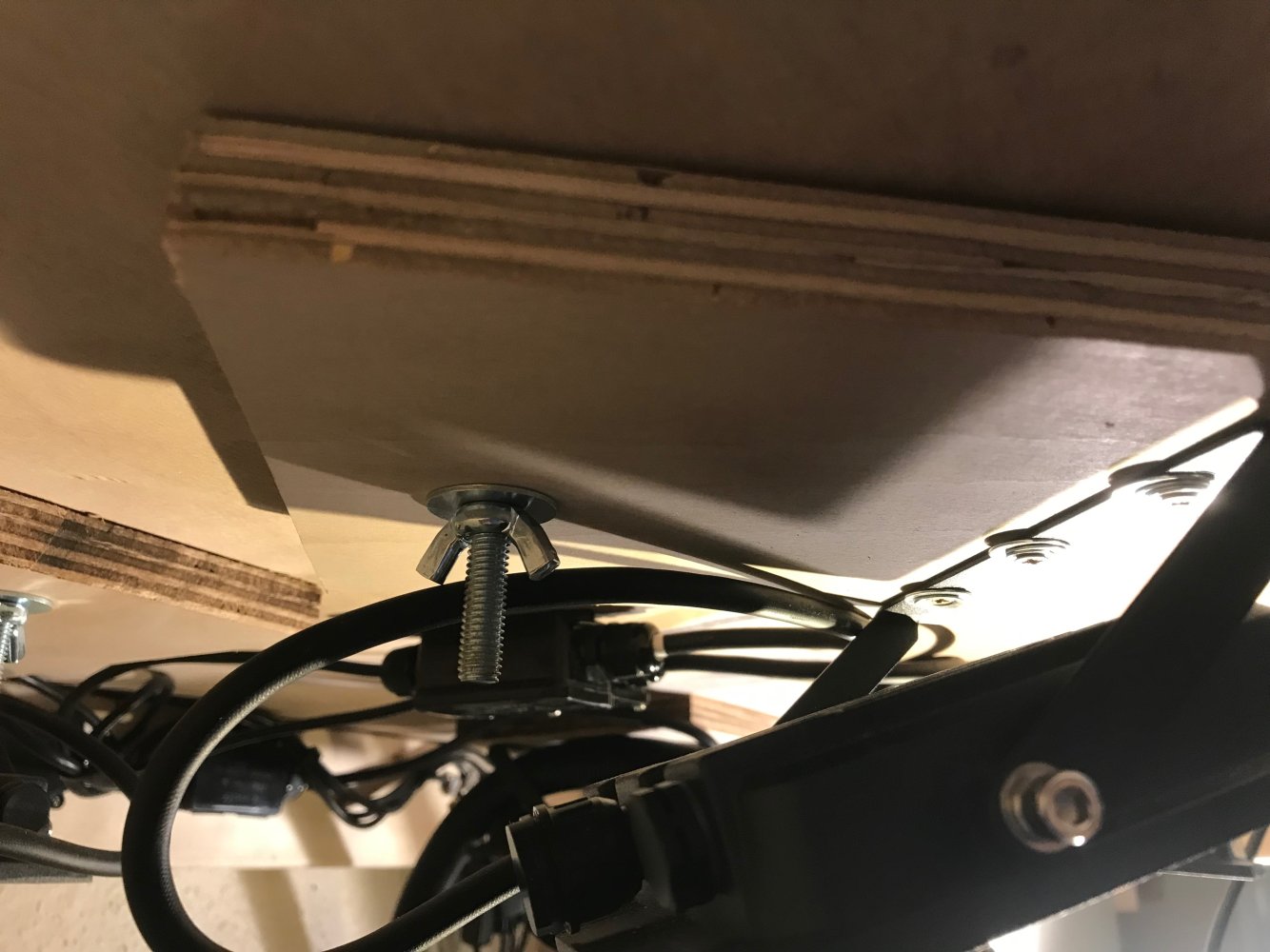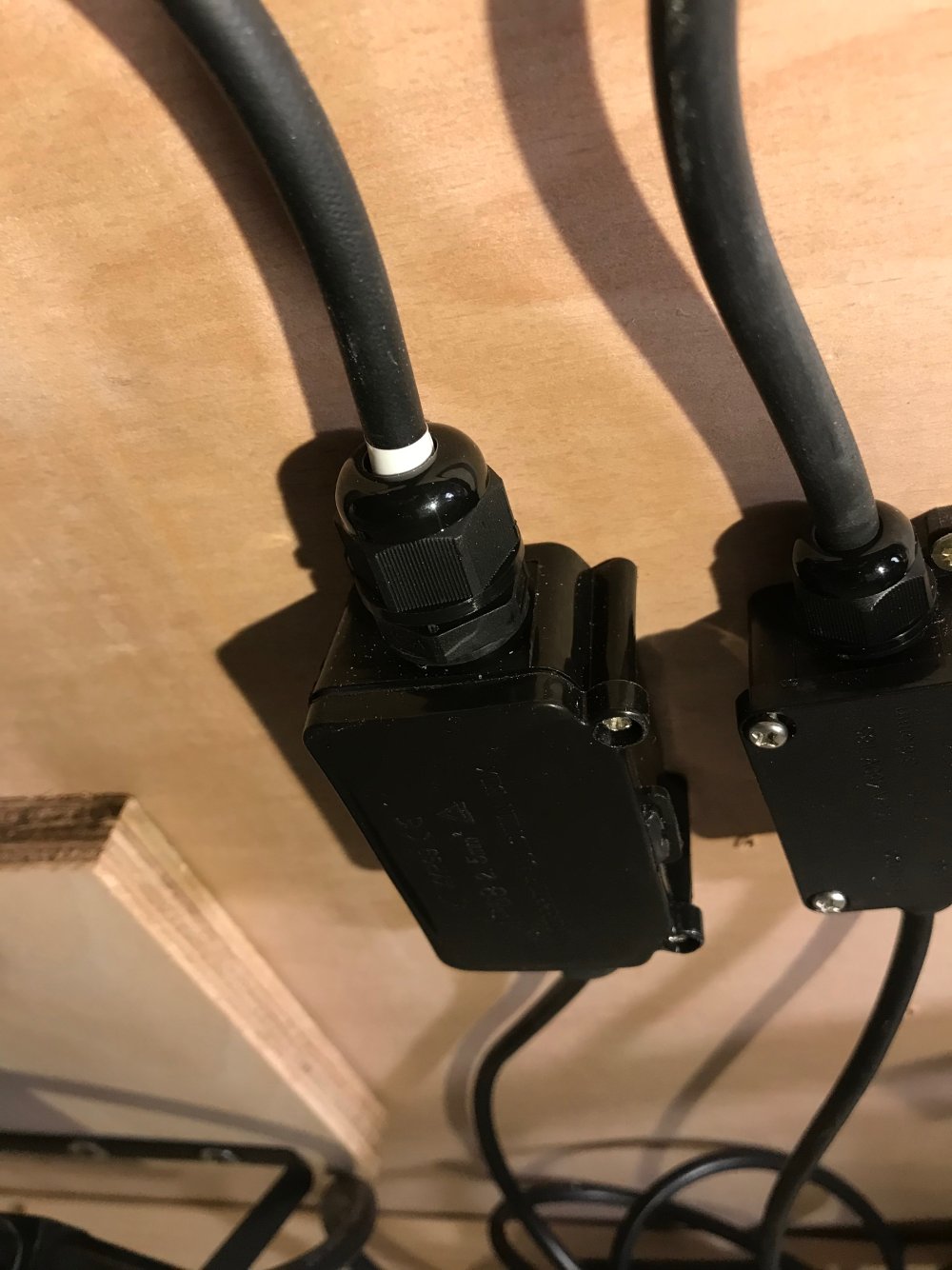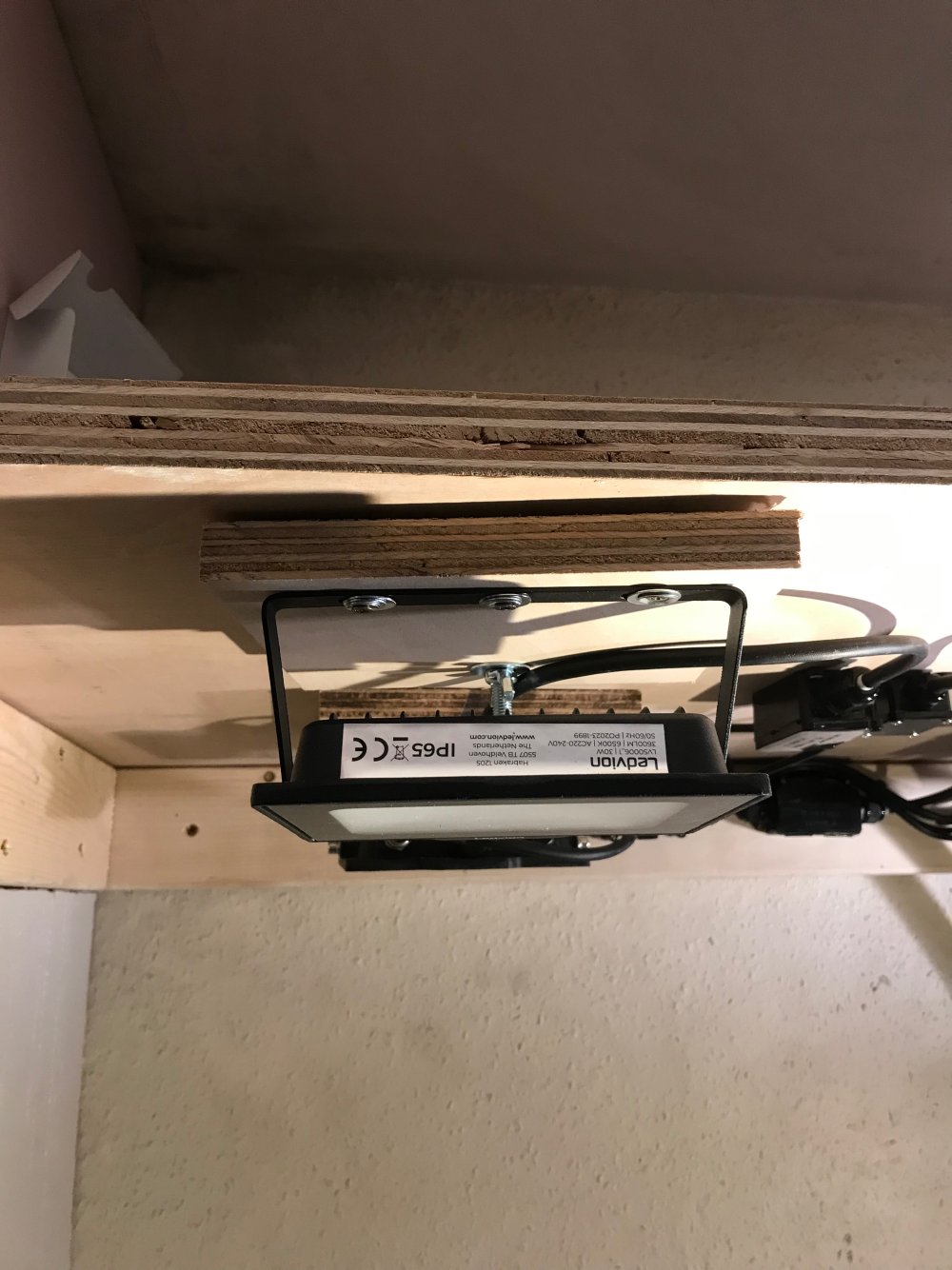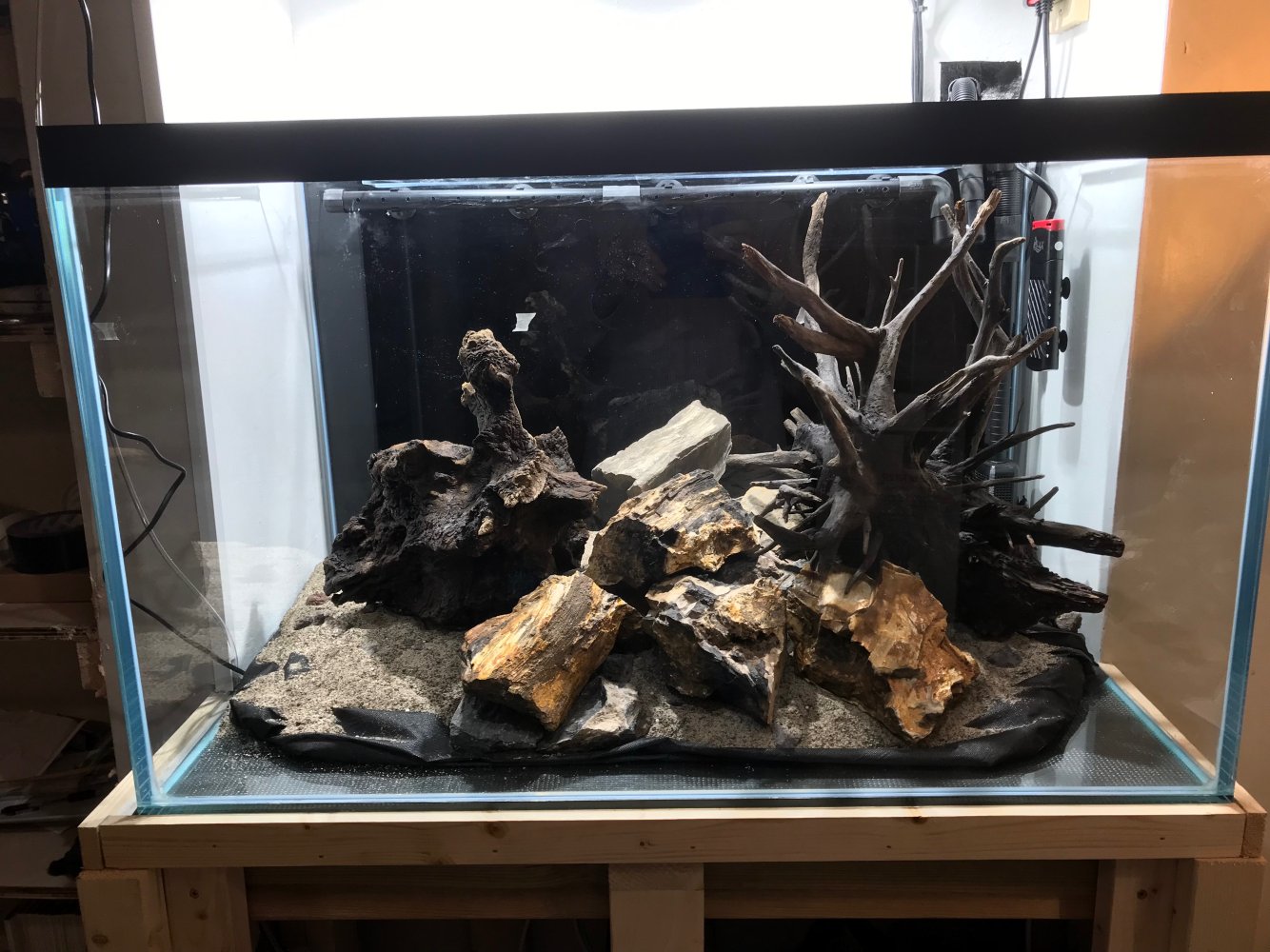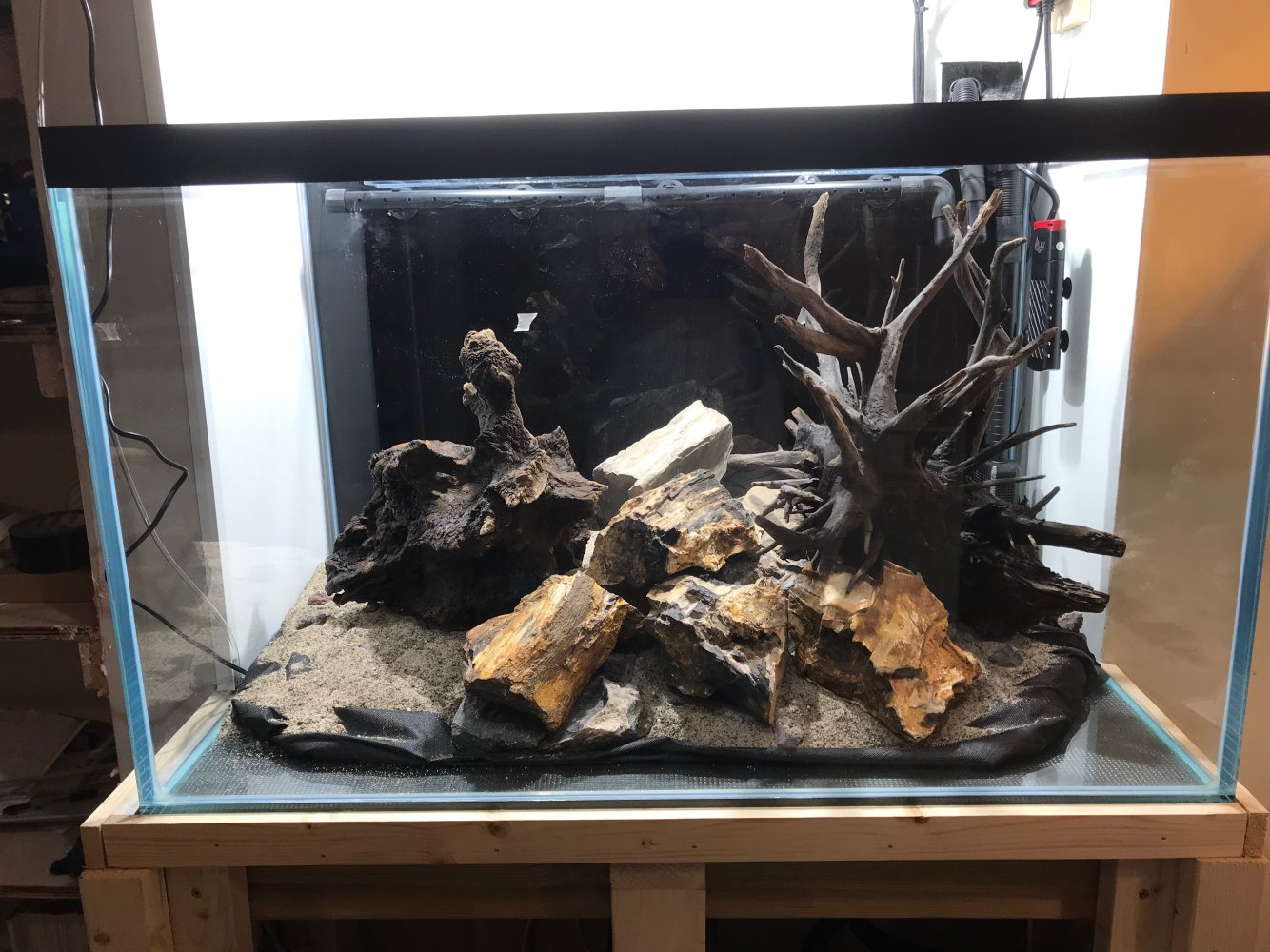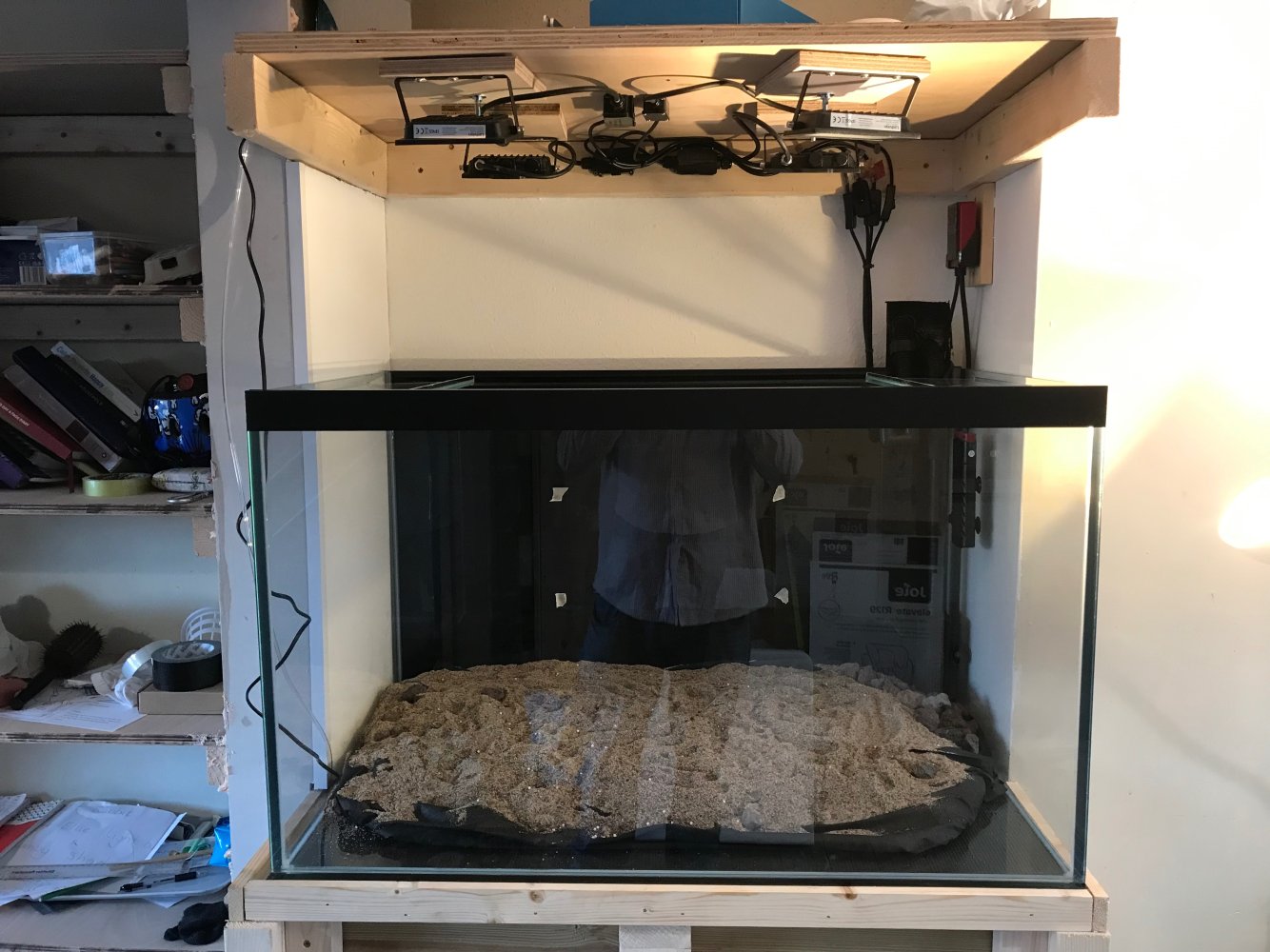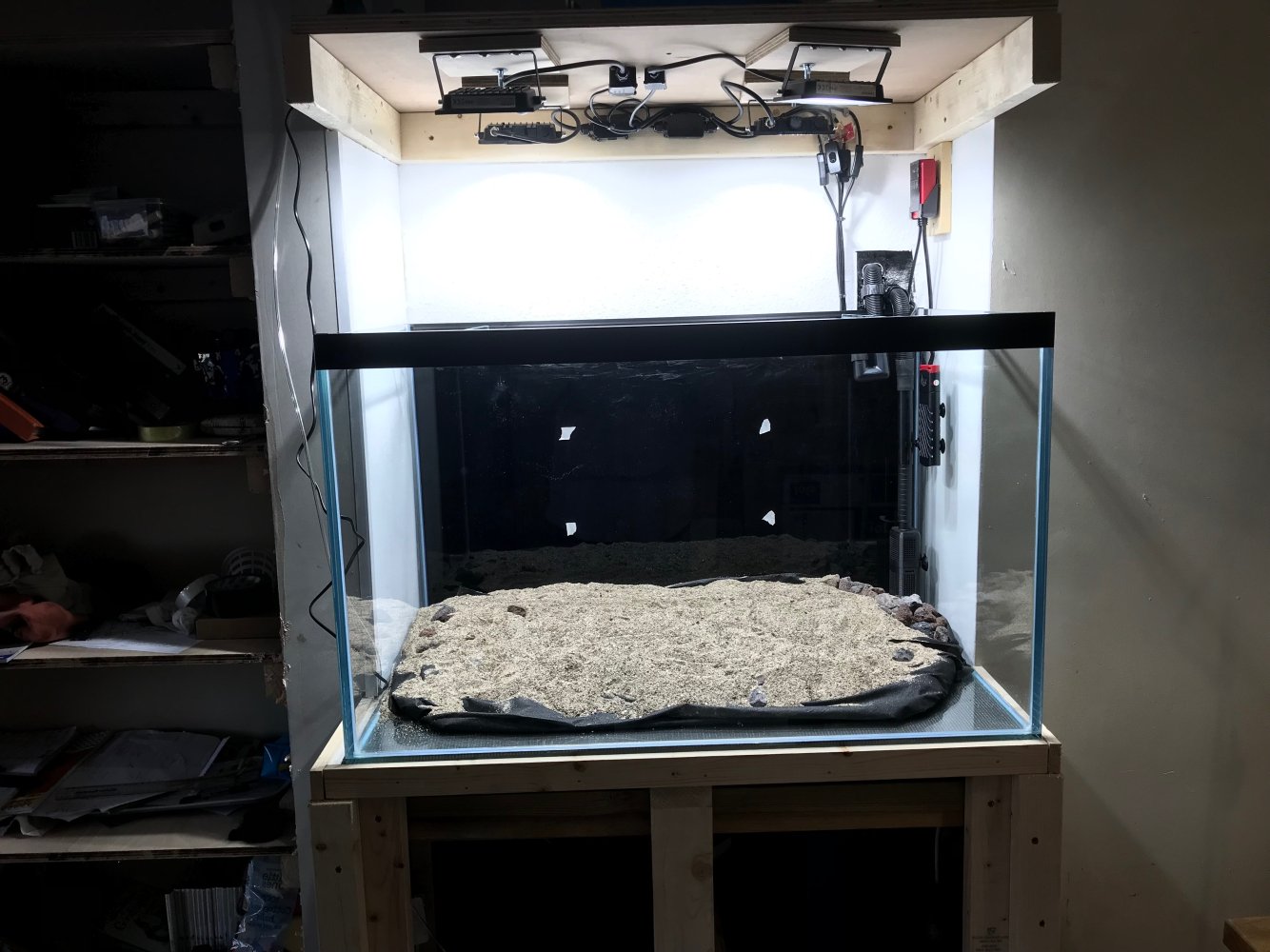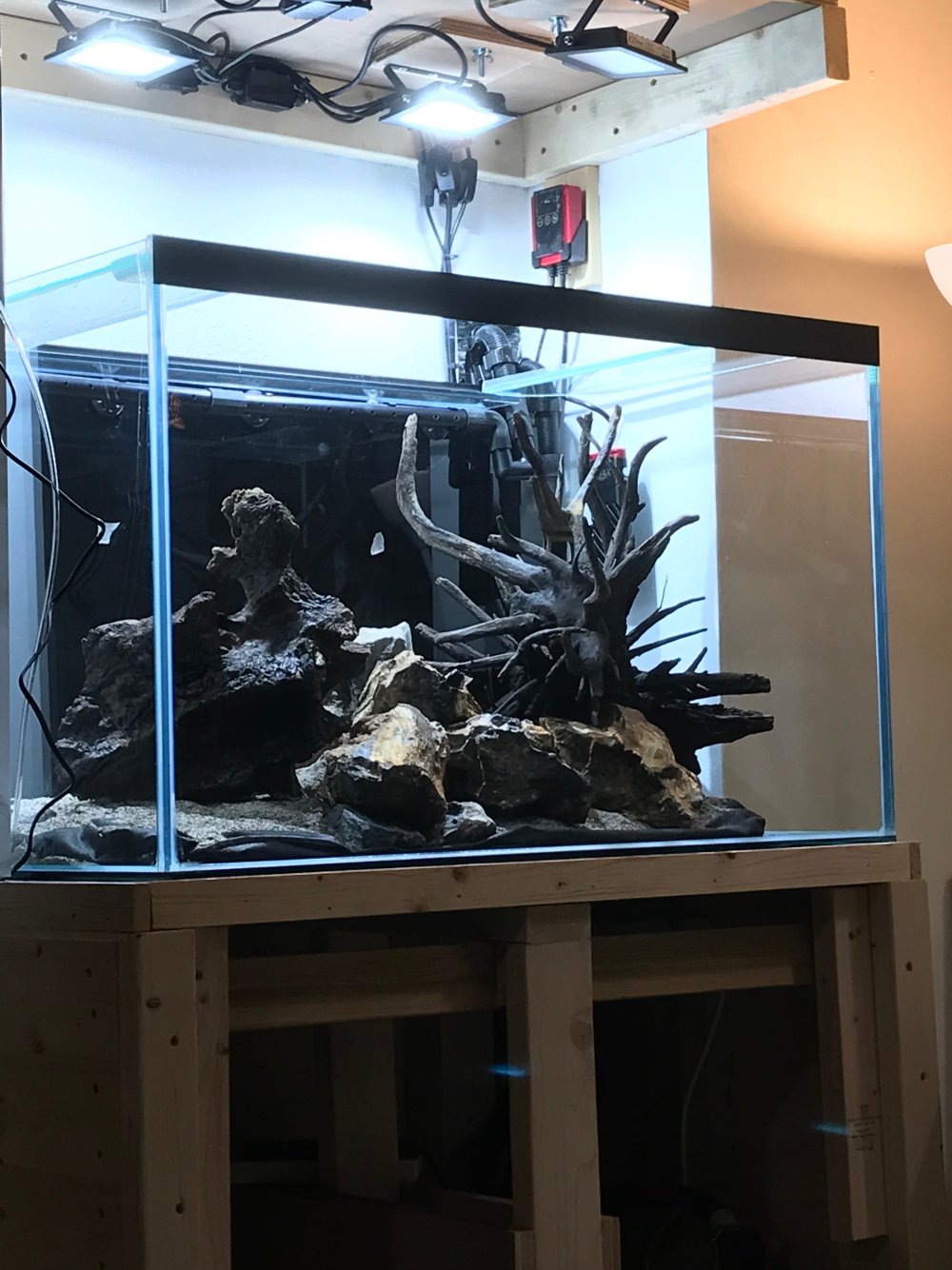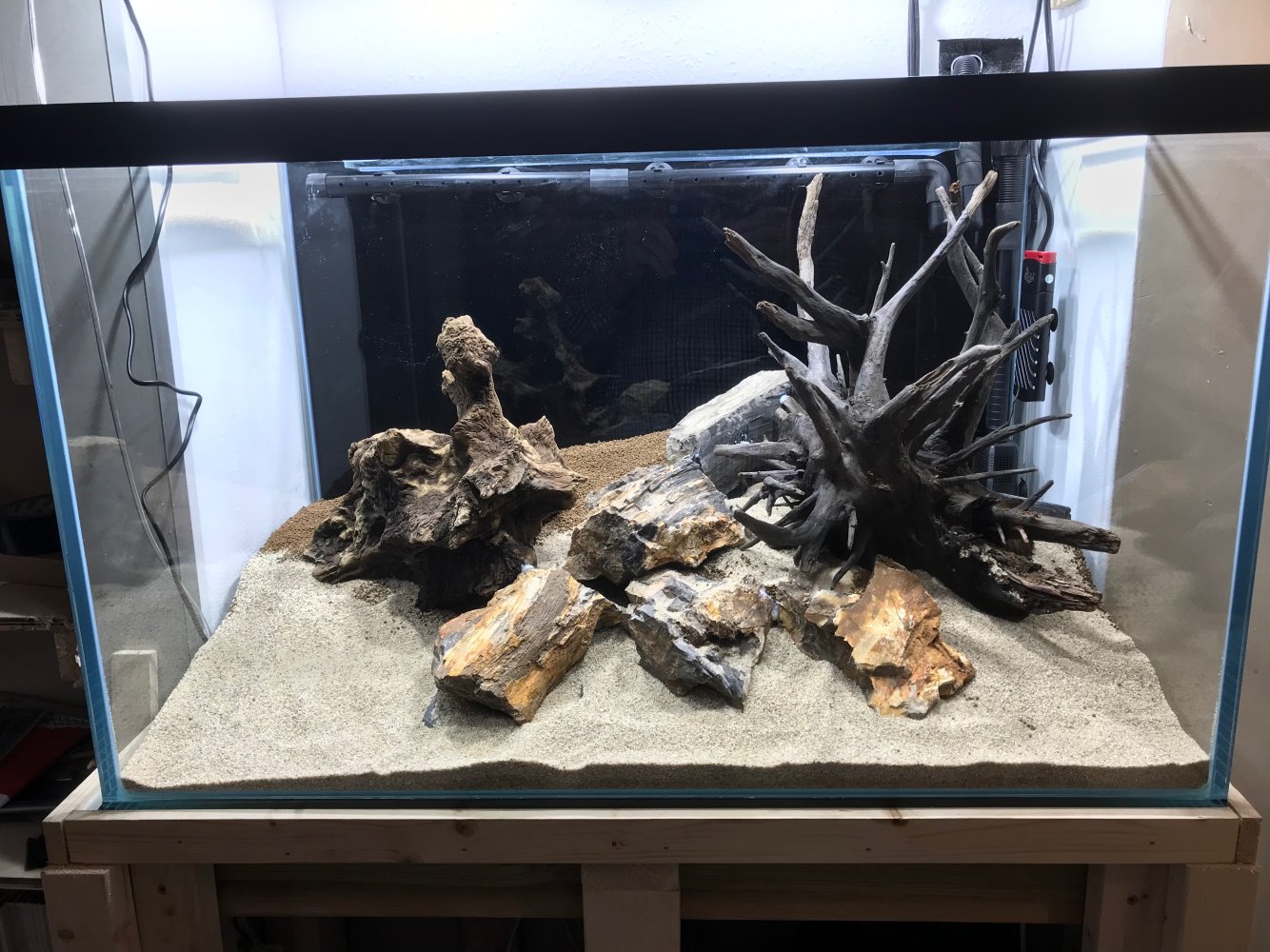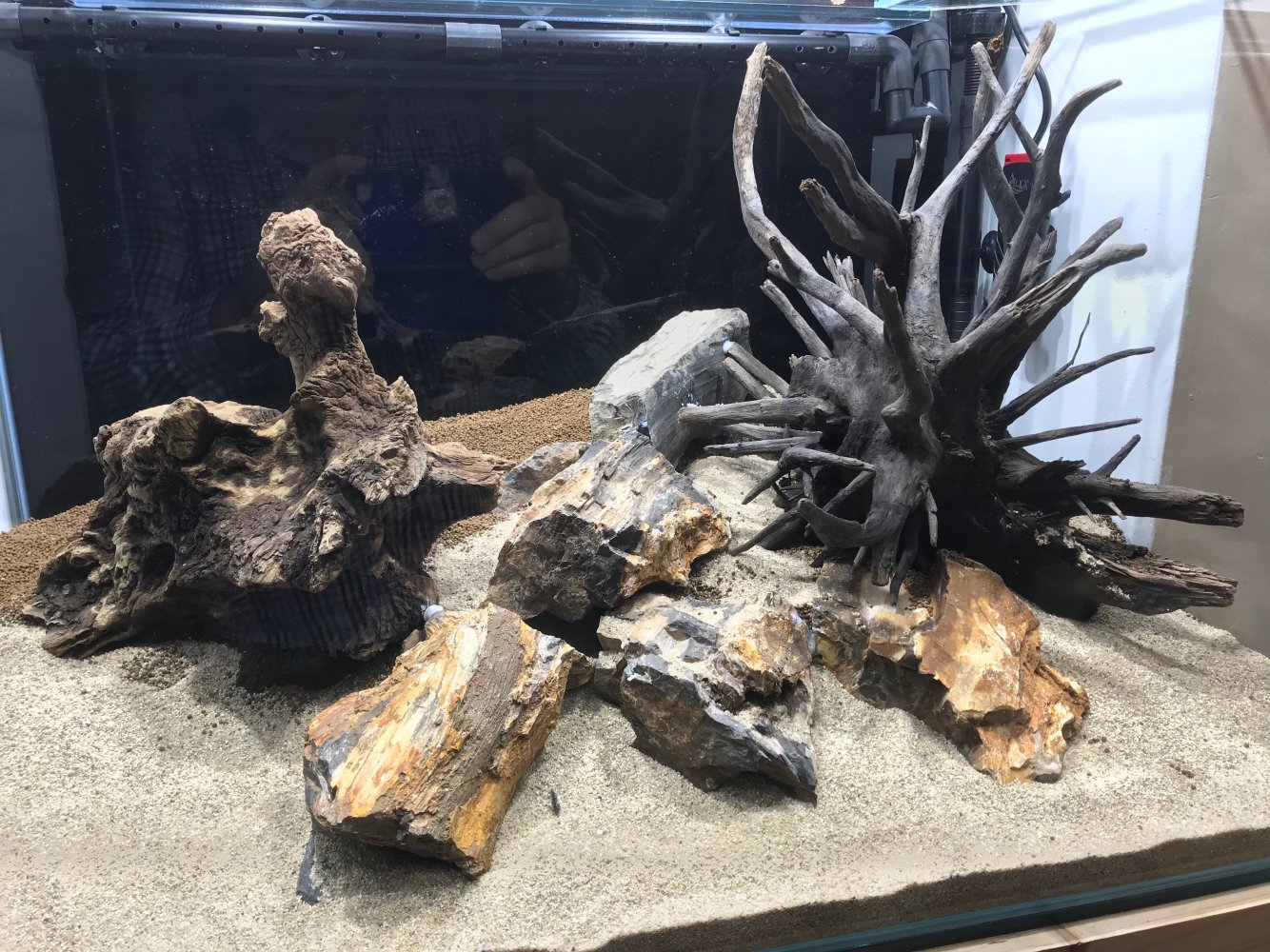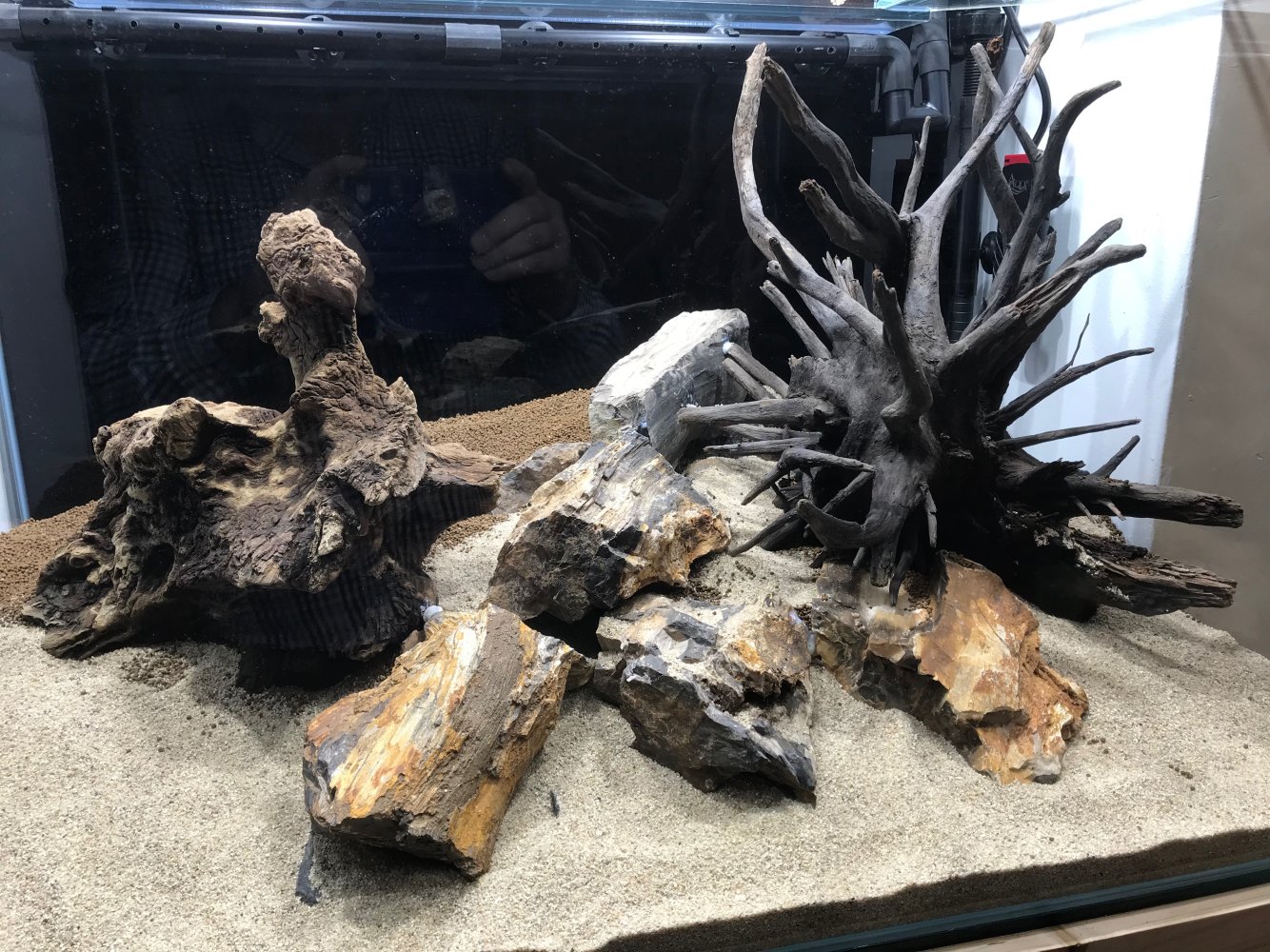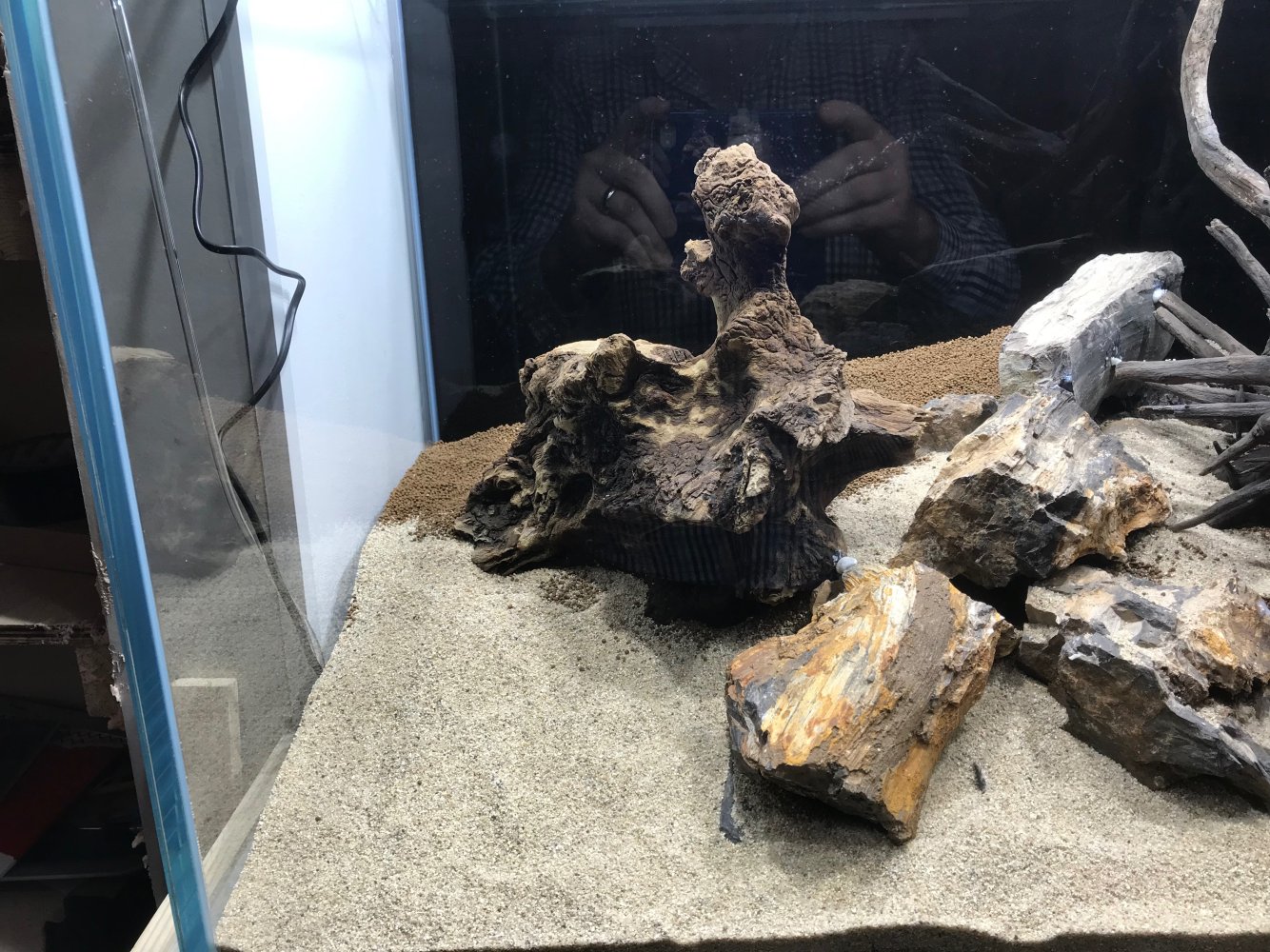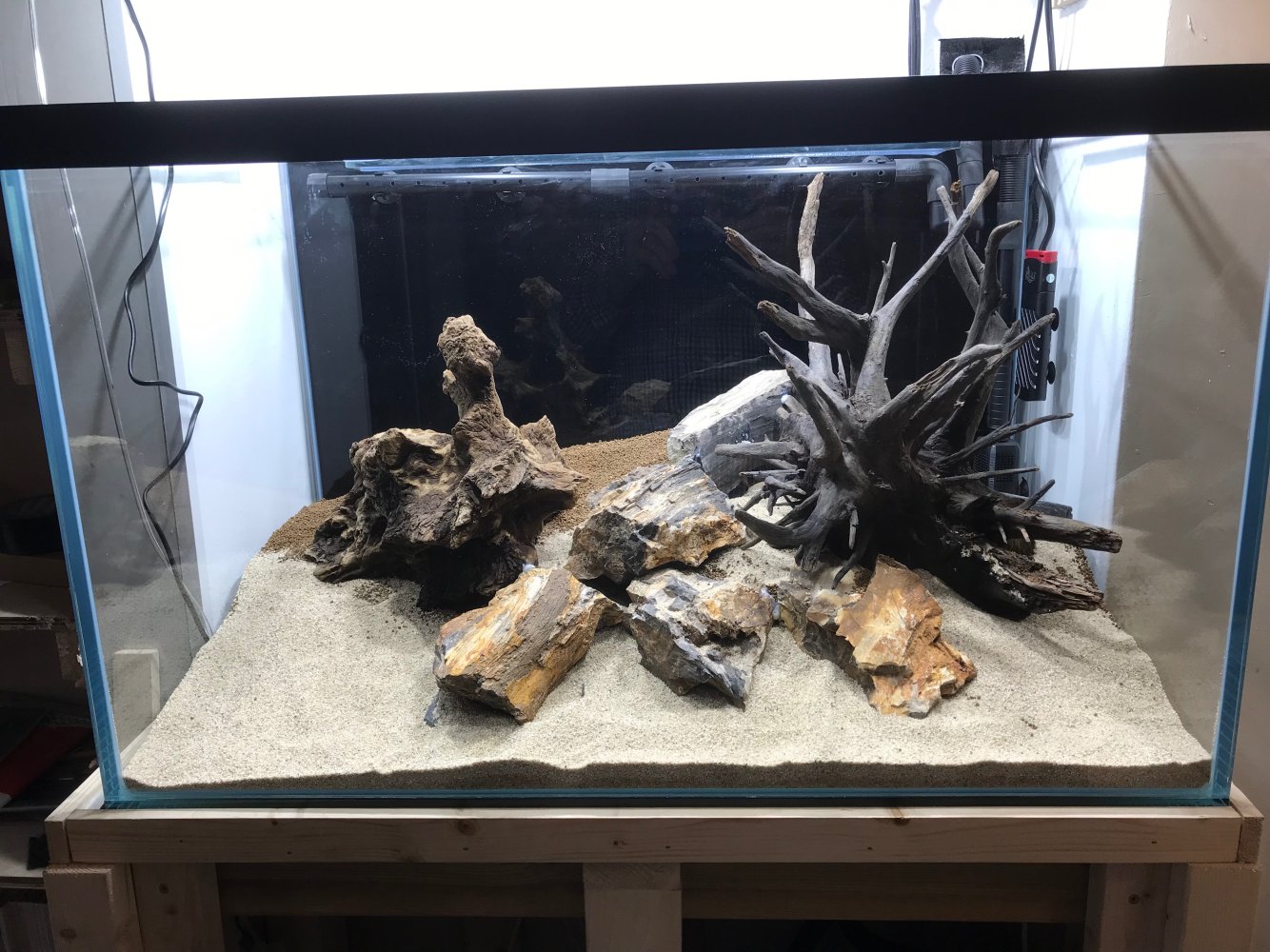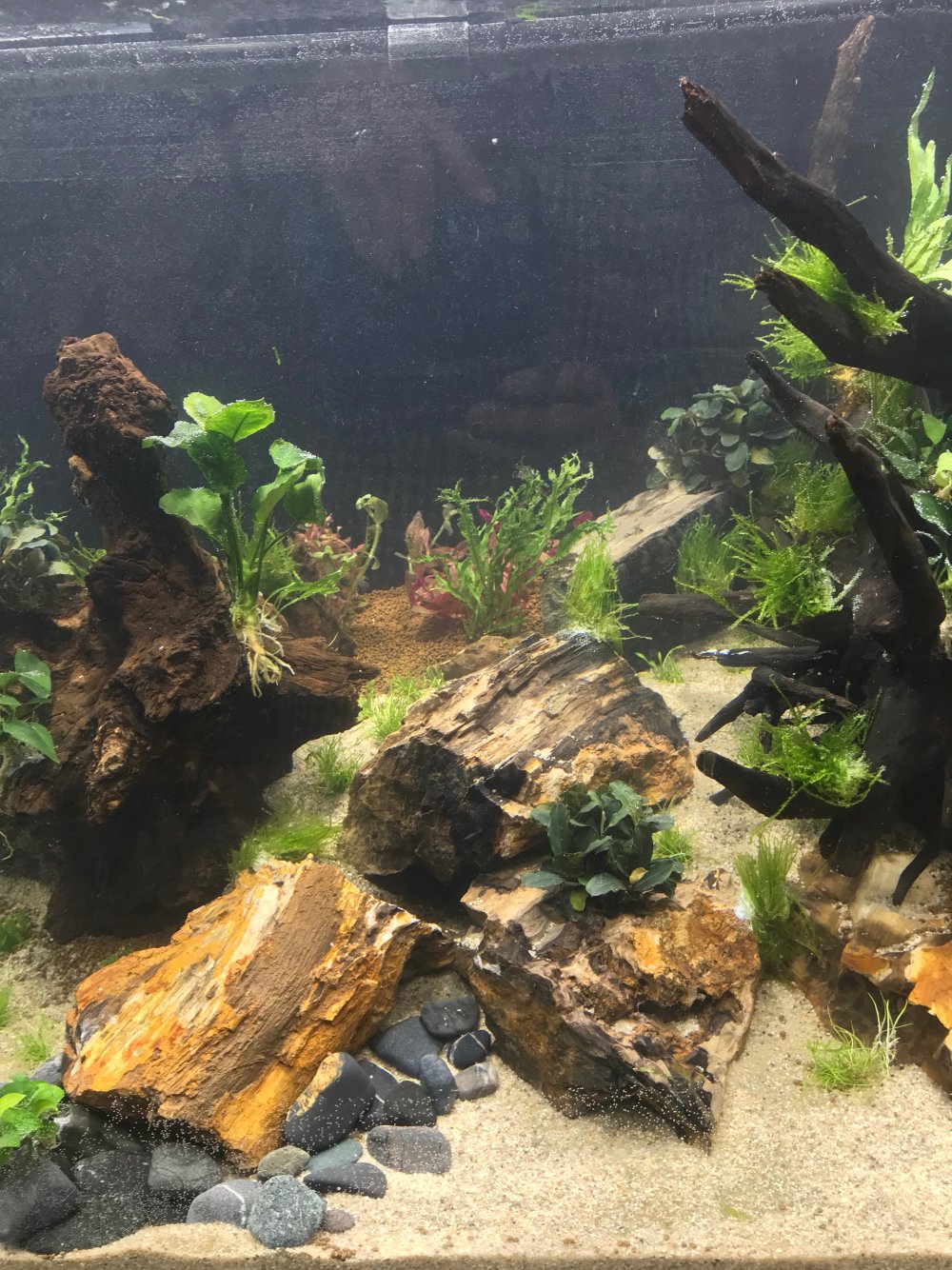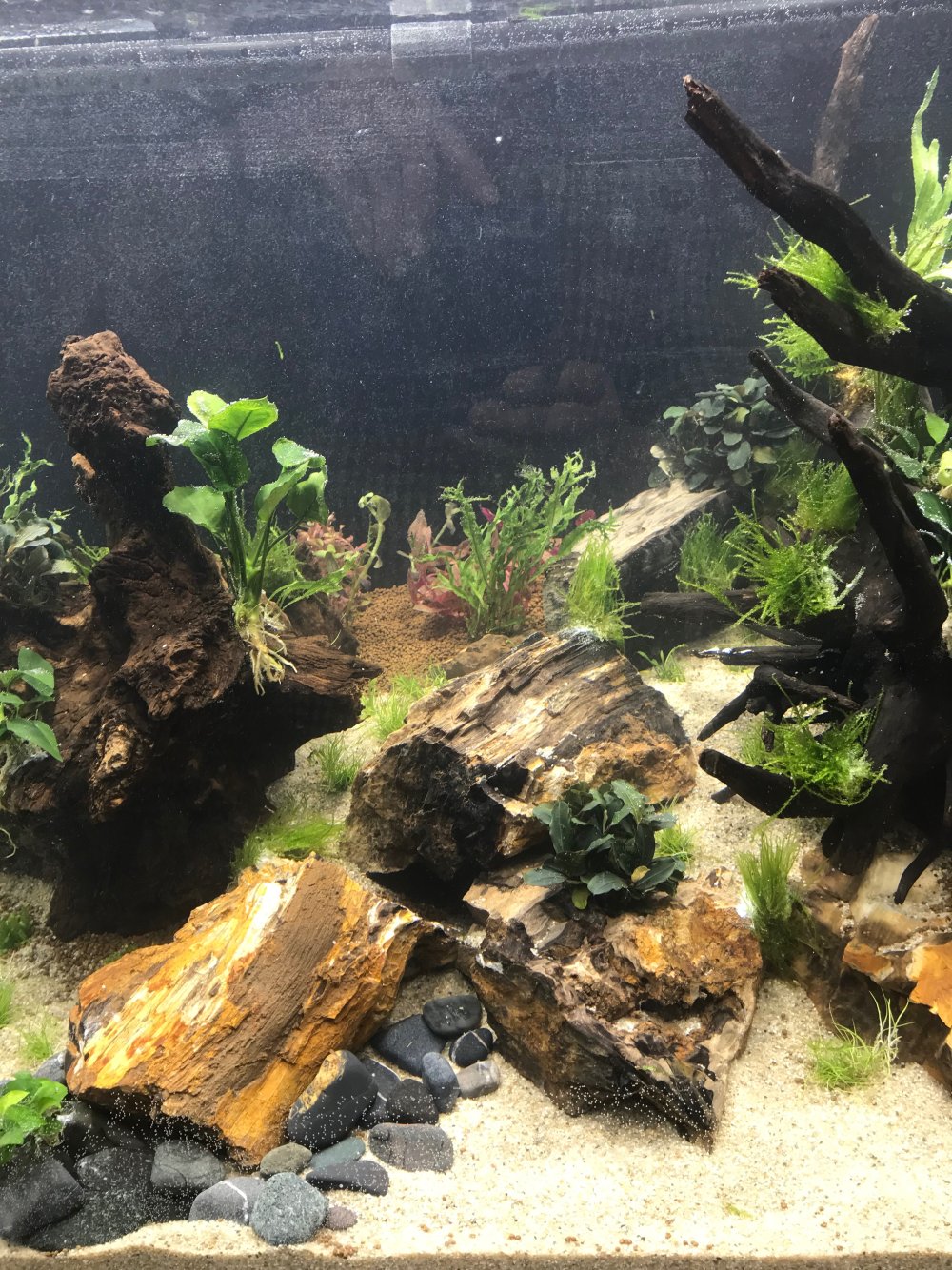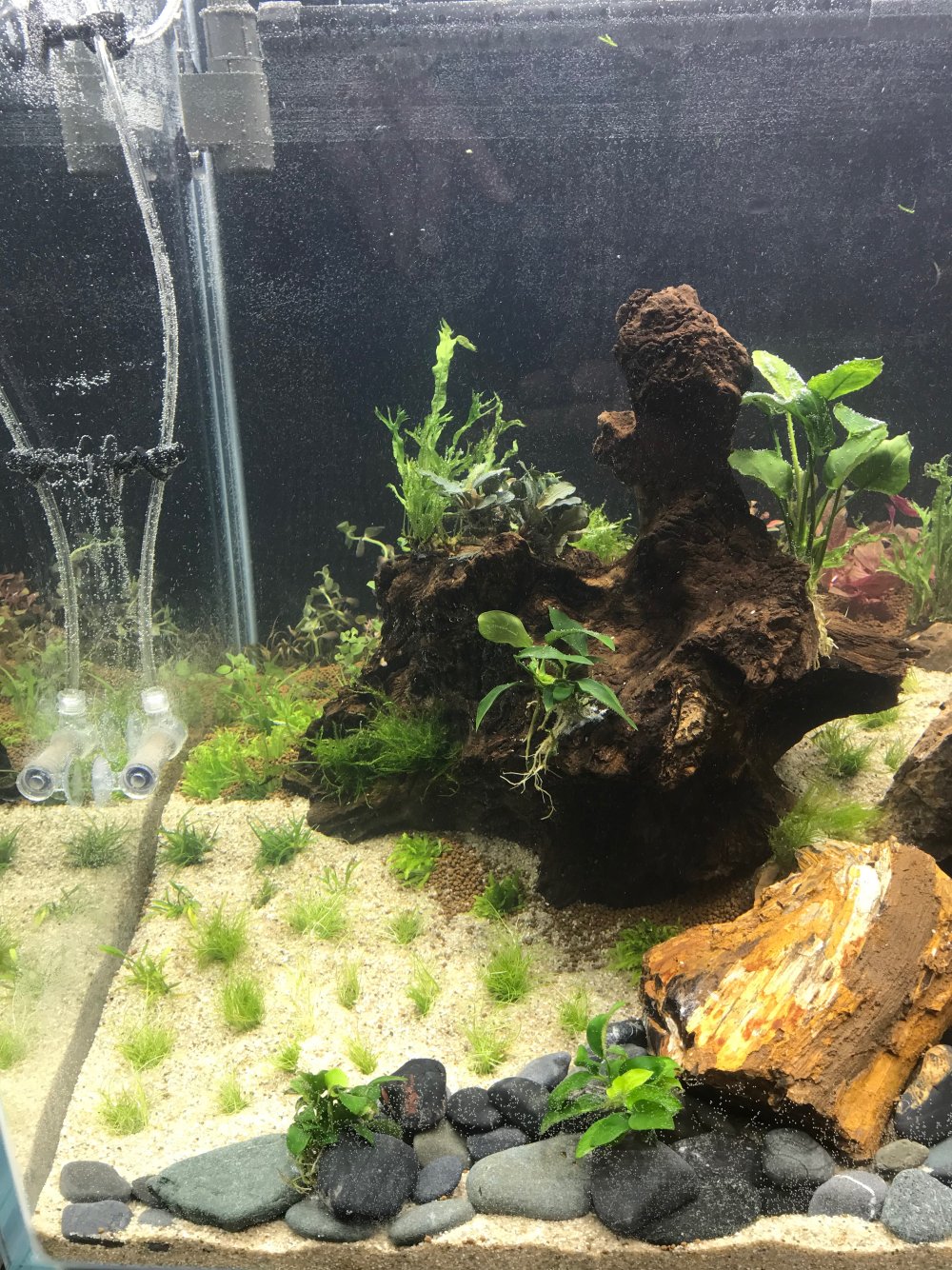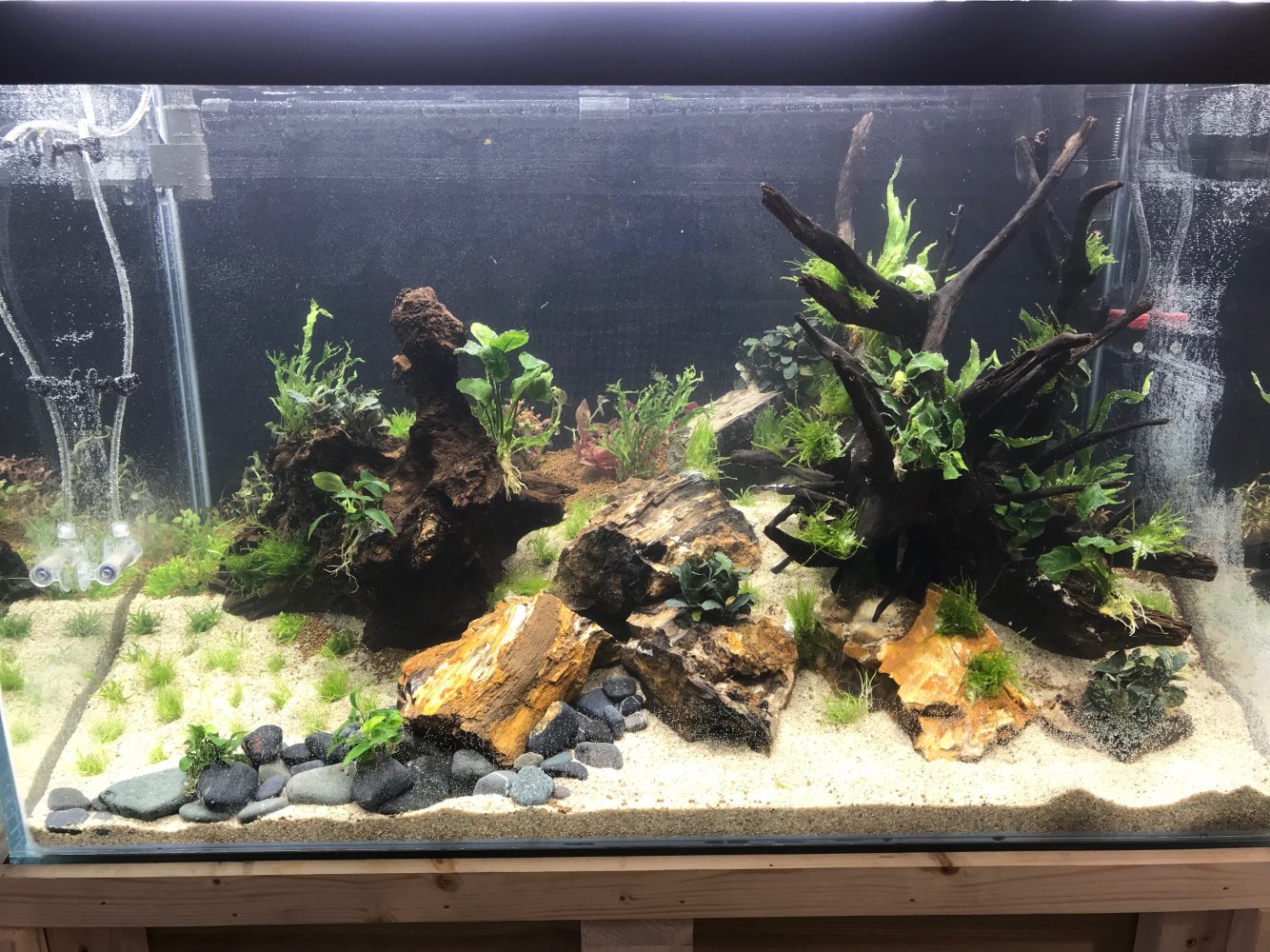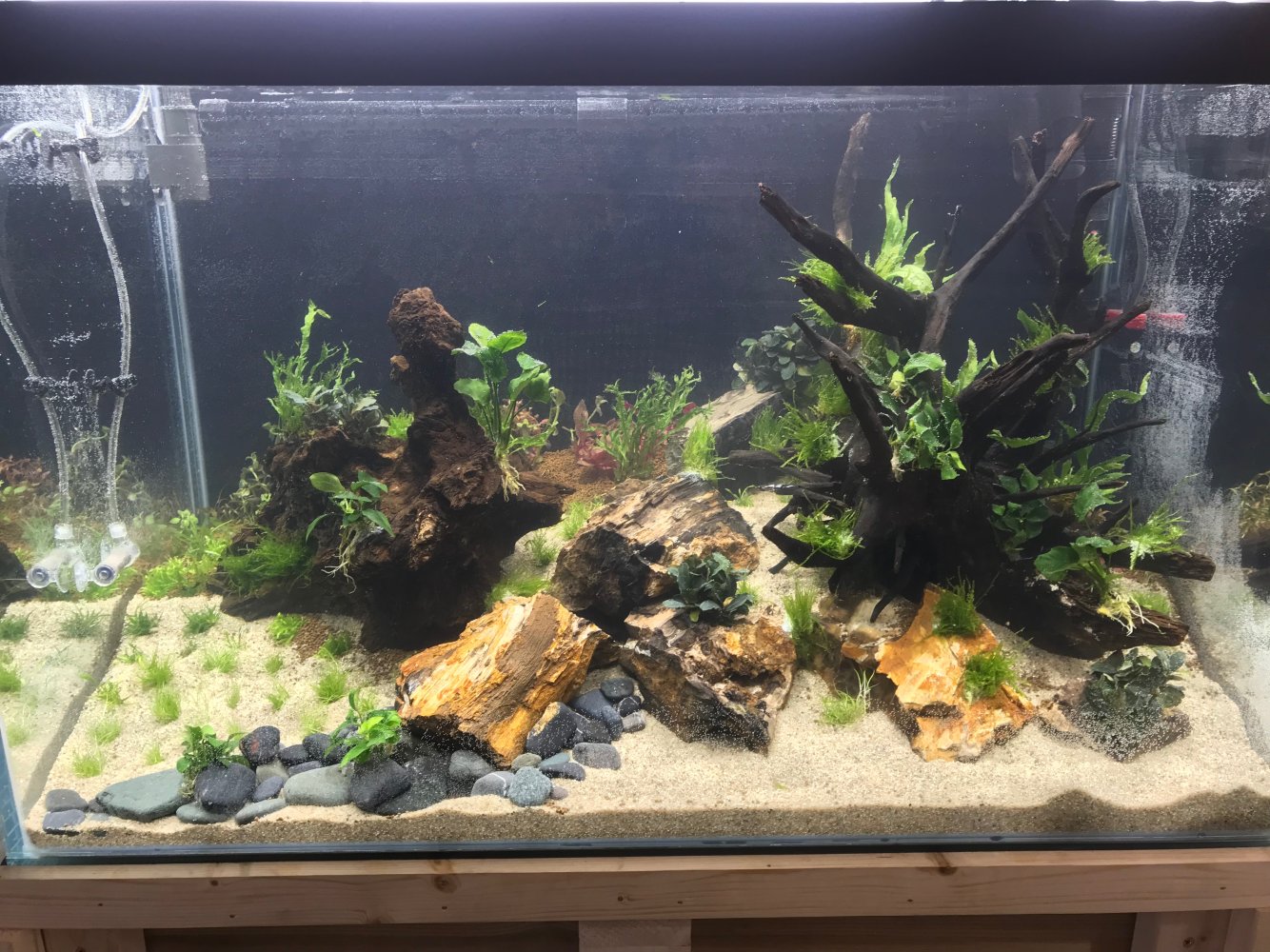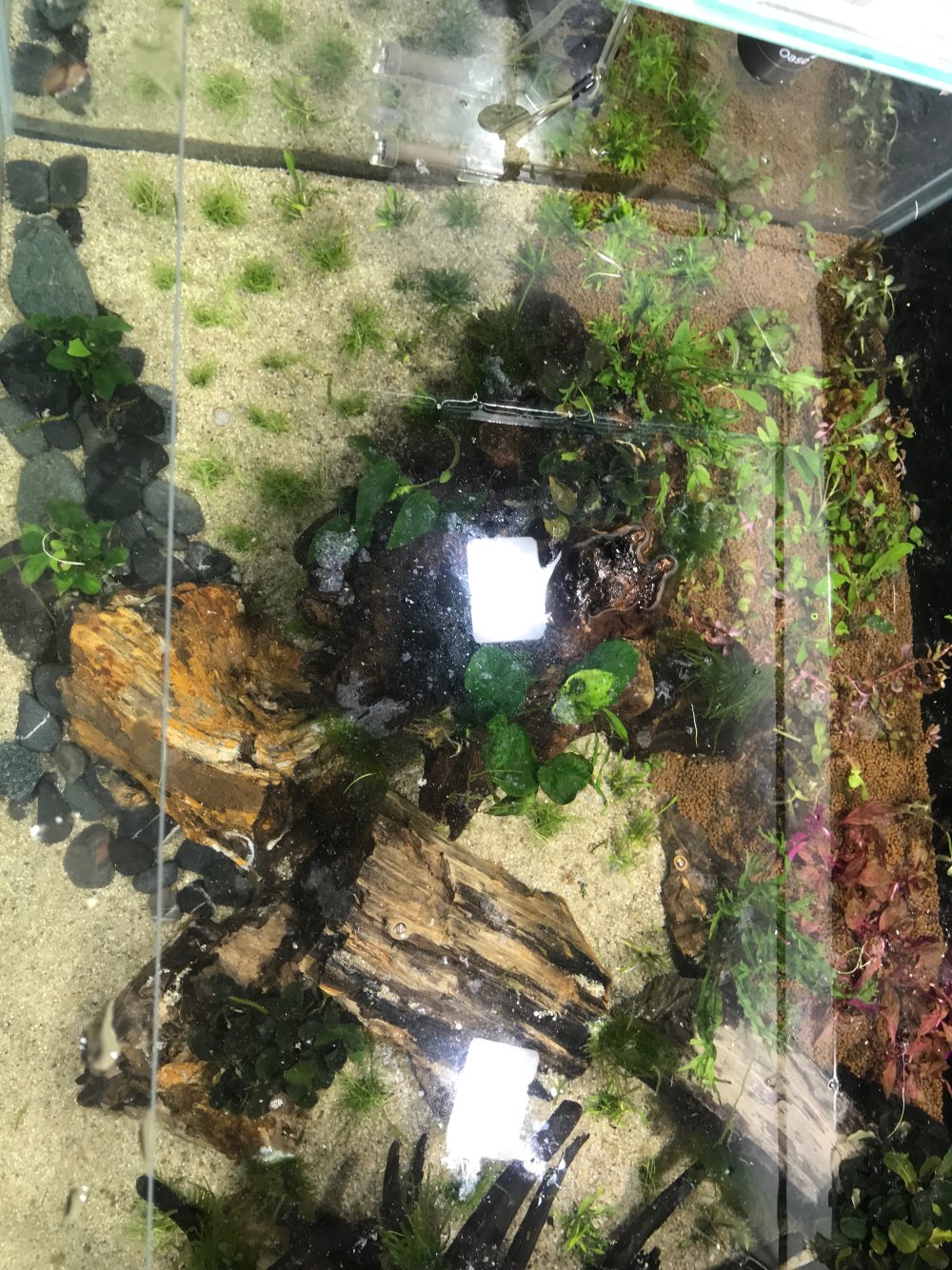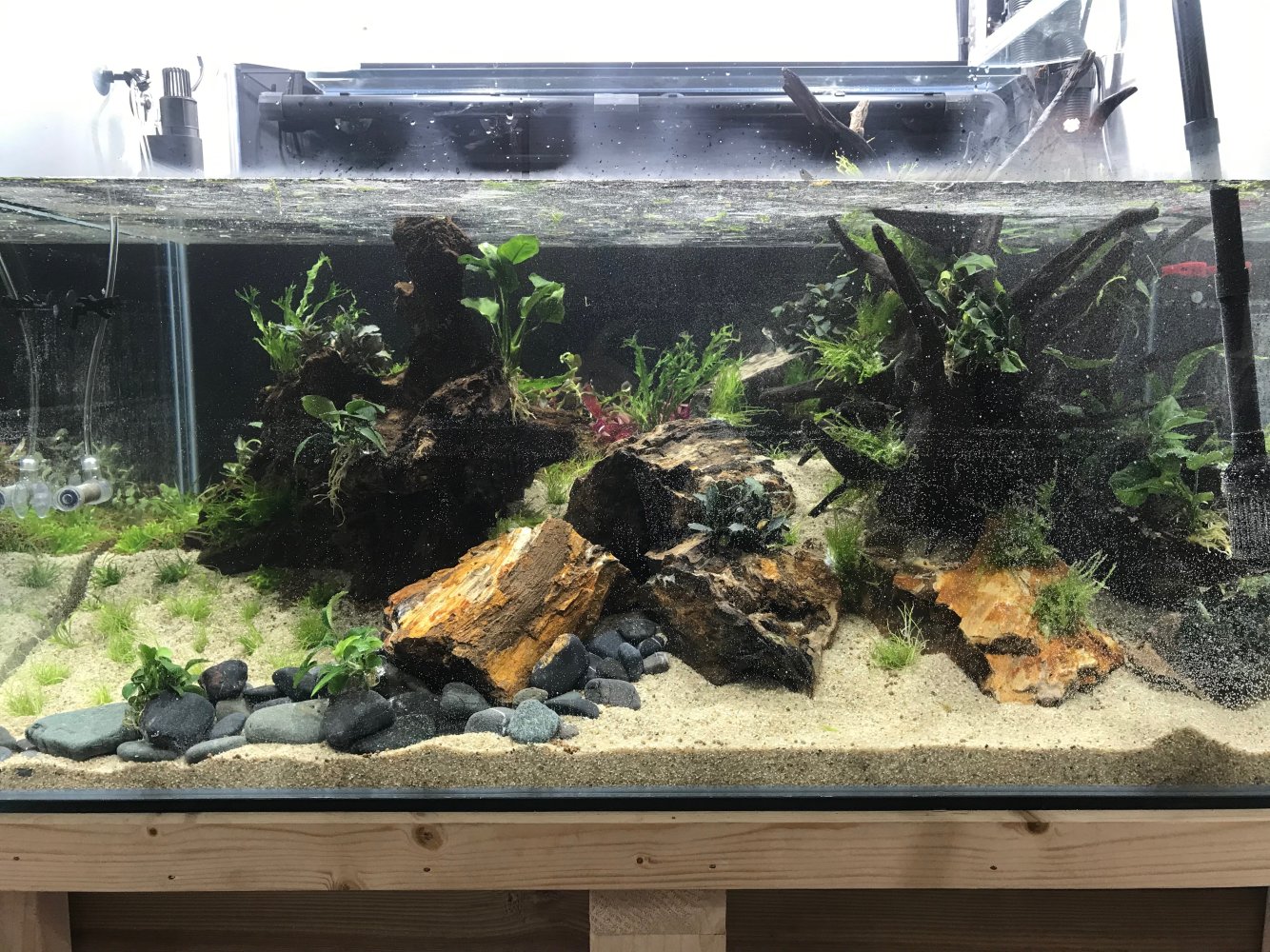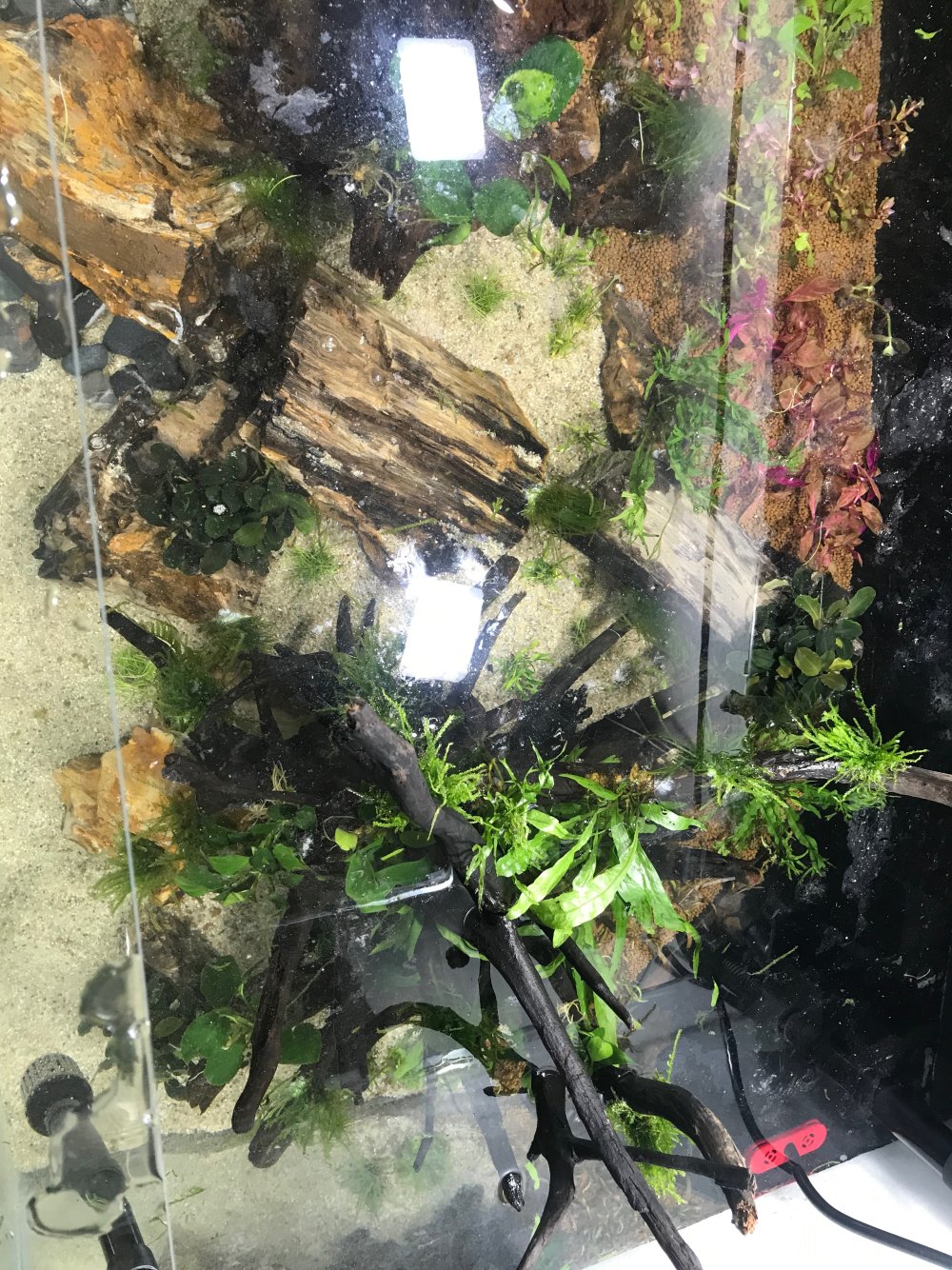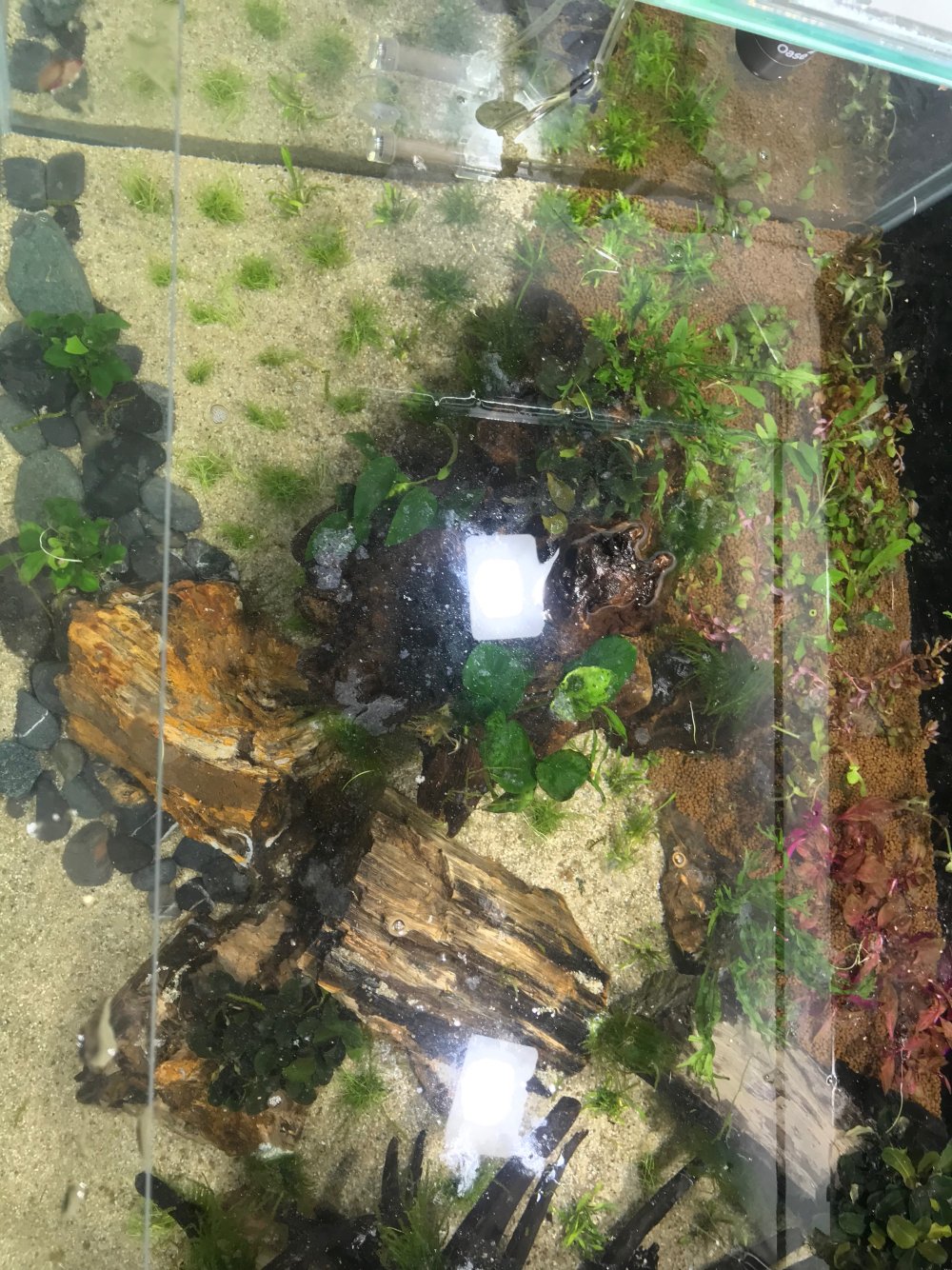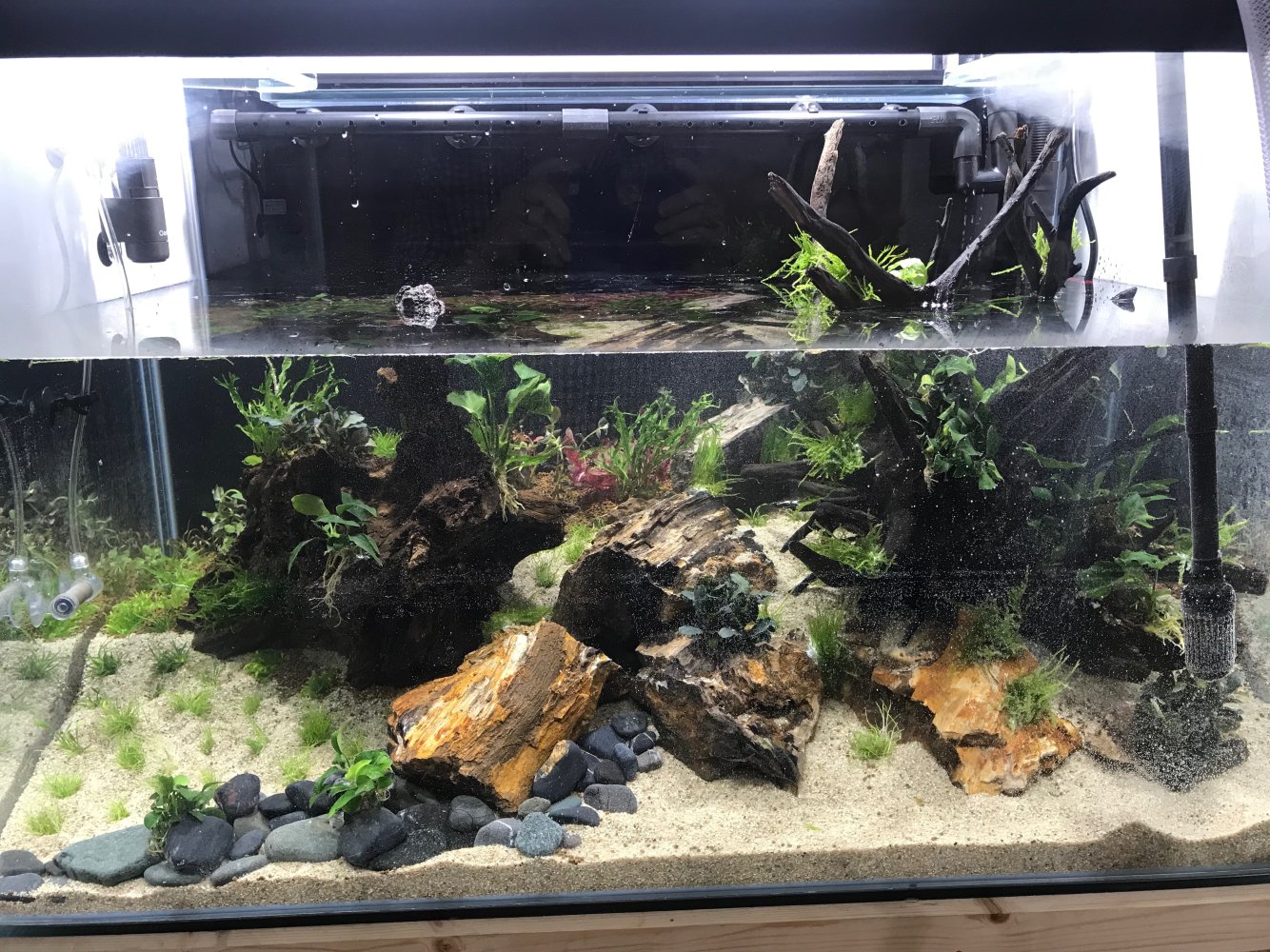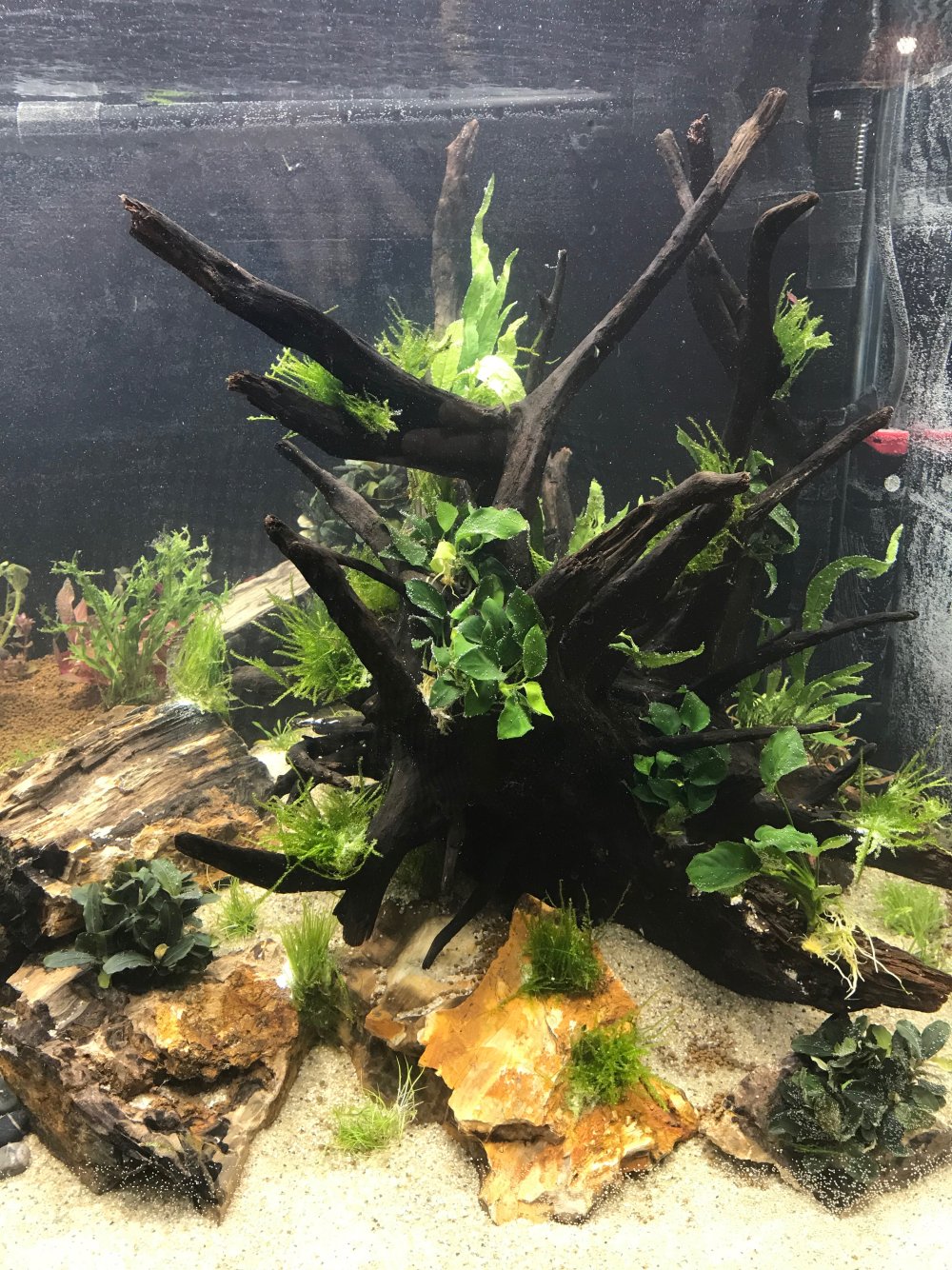Hi all,
The problem is really the <"ammonia loading of the bioreactors"> these sorts of products are produced in. If I was going to use this sort of product? I'd use Tim Hovanec's <"Dr Timothy Hovanec's comments about Bacterial supplements">
Have a look at this thread: <"Correspondence with Dr Ryan Newton - School of Freshwater Sciences, University of Wisconsin—Milwaukee">. This is what Dr Newton said:
cheers Darrel
It is unlikely to do any harm, but it probably isn't going to do much good. They promise instant gratification, but actually there main aim is to transfer your money to the vendor.Just out of interest, have you ever used nitrico goop when starting a new aquarium?
The problem is really the <"ammonia loading of the bioreactors"> these sorts of products are produced in. If I was going to use this sort of product? I'd use Tim Hovanec's <"Dr Timothy Hovanec's comments about Bacterial supplements">
Have a look at this thread: <"Correspondence with Dr Ryan Newton - School of Freshwater Sciences, University of Wisconsin—Milwaukee">. This is what Dr Newton said:
.... It is a good question to ask where the initial inoculum of nitrifiers comes from & it is a question that I do not have a definitive answer. Nitrifiers are present in many environments because they can live with comparably low external nutrients (carbon particularly). There are a couple of good possibilities, 1) the water - most municipal water systems contain some number of nitrifiers, which then come out of your residence tap; 2) the plants - nitrifiers are also commonly associated with plants. Or, it could be they drift in from the air - seems less likely, but it is not impossible.
If you do need to add nitrifiers the best source is from an aquaponics or aquaculture system that is already running and removing ammonia. Some water or sediment/soil or part of the biobilter (if there is one) is an excellent starter. Without this source as an inoculum then you could add some roots from plants from any other tank that is running - these are likely to have nitrifiers associated with them. A small clipping put into the tank would be enough.
In some lab tests we found that adding previous material from a running biofilter could reduce ammonia oxidation start-up time from 2-3 weeks to 2-3 days. We also tested a commercial product of nitrifiers & it did decrease the time to ammonia oxidation start-up. It was slower than our biofilter material transfer, but much quicker than doing nothing. However, the microbes present in the system from the commercial product disappeared over a few weeks and were replaced by those more common to our system. So, it seems some products could help “jump-start” the process, but it will be a lot less predictable and ultimately may not determine what microbe succeed in the long run.
cheers Darrel


